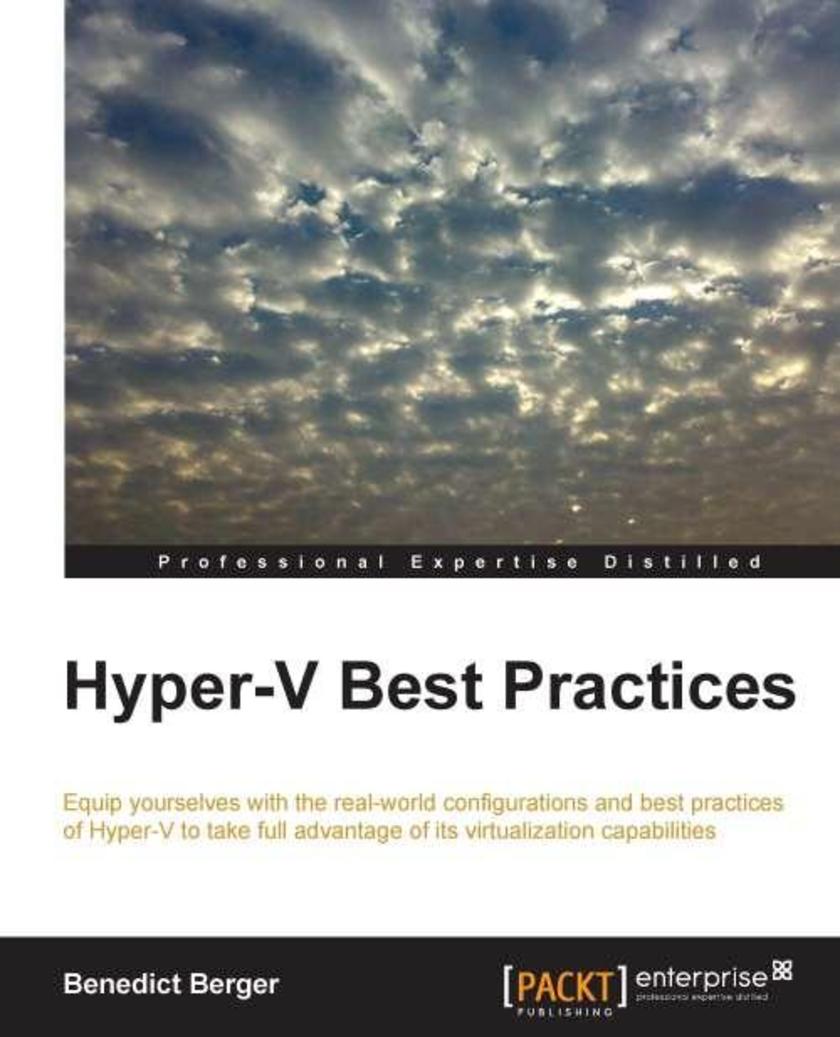
Hyper-V Best Practices
¥54.49
This book is intended for those who already have some basic experience with Hyper-V and now want to gain additional capabilities and knowledge of Hyper-V. If you have used Hyper-V in a lab environment before and now want to close the knowledge gap to transfer your Hyper-V environment to production, this is the book for you!
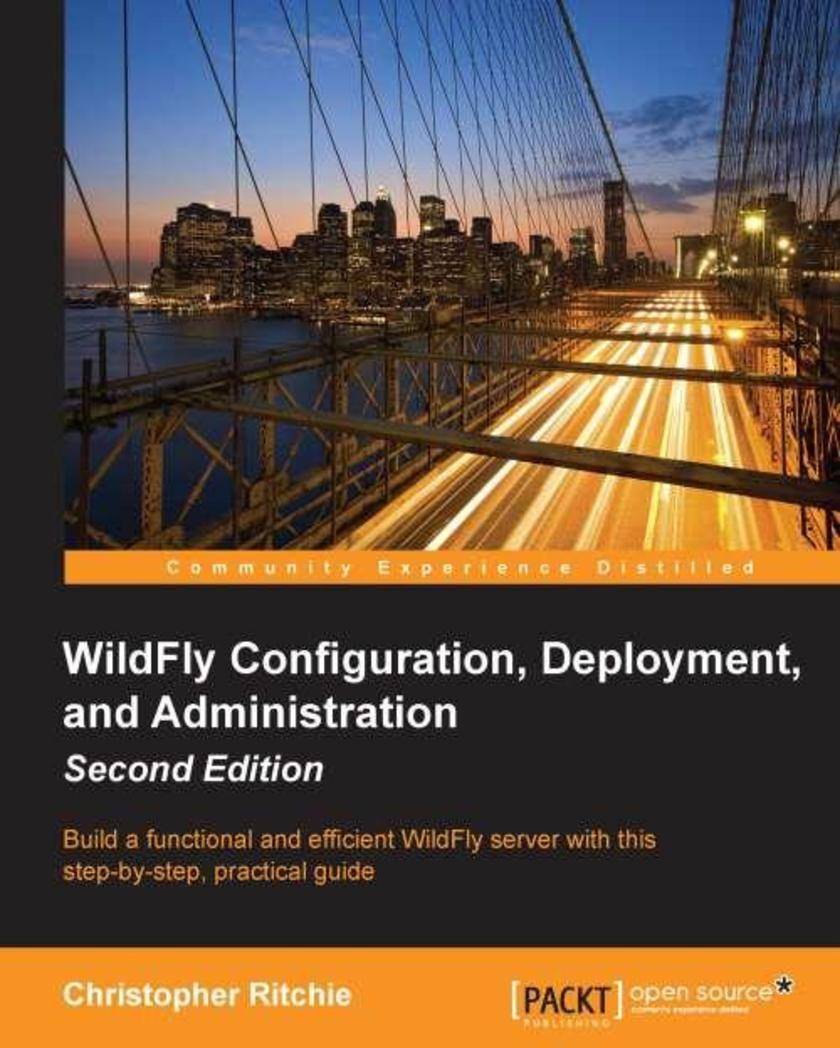
WildFly Configuration, Deployment, and Administration - Second Edition
¥90.46
This book is aimed at Java developers, system administrators, application testers using WildFly, and anyone who performs a DevOps role. Whether you are completely new to WildFly or just require an understanding of WildFly's new features, this book is for you.
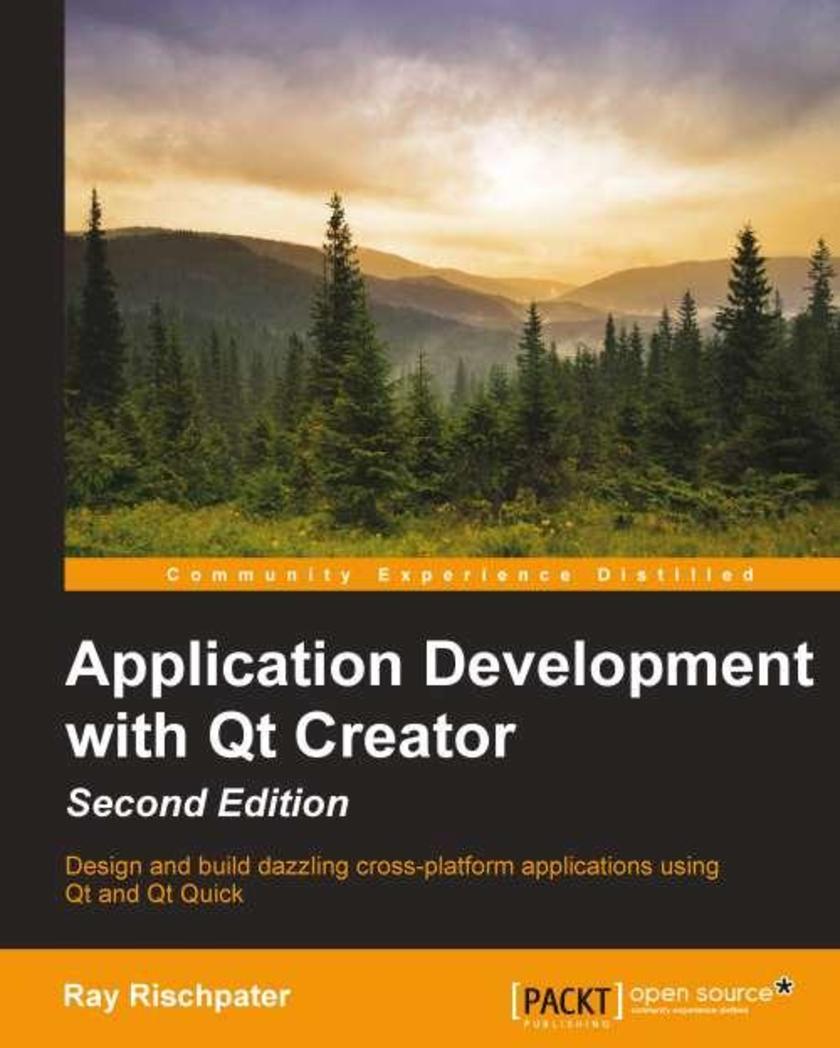
Application Development with Qt Creator - Second Edition
¥80.65
This book is great for developers who are new to Qt and Qt Creator and who are interested in harnessing the power of Qt for cross-platform development. If you have basic experience programming in C++, you have what it takes to create engaging cross-platform applications using Qt and Qt Creator!
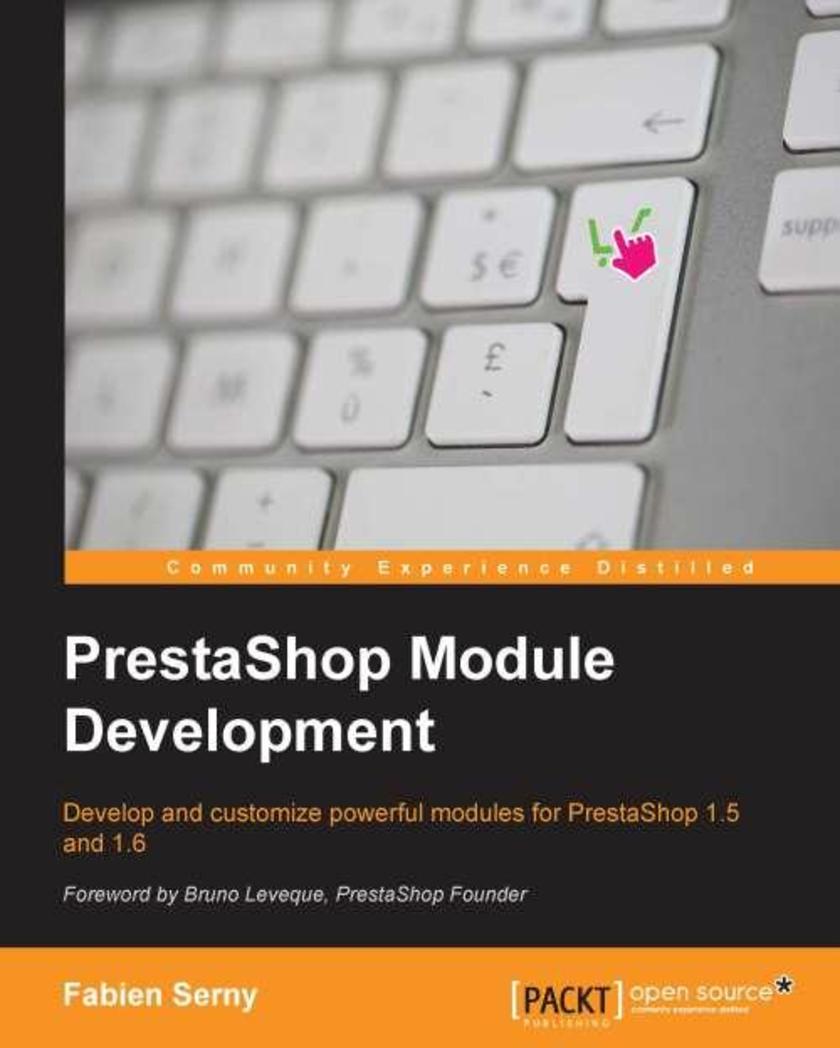
PrestaShop Module Development
¥90.46
If you are a developer who is new to PrestaShop and wants to get a good foundation in development on the PrestaShop framework, this book is for you. It's assumed that you will have some experience with PHP5, jQuery, and HTML/CSS (no need to be an expert on it).
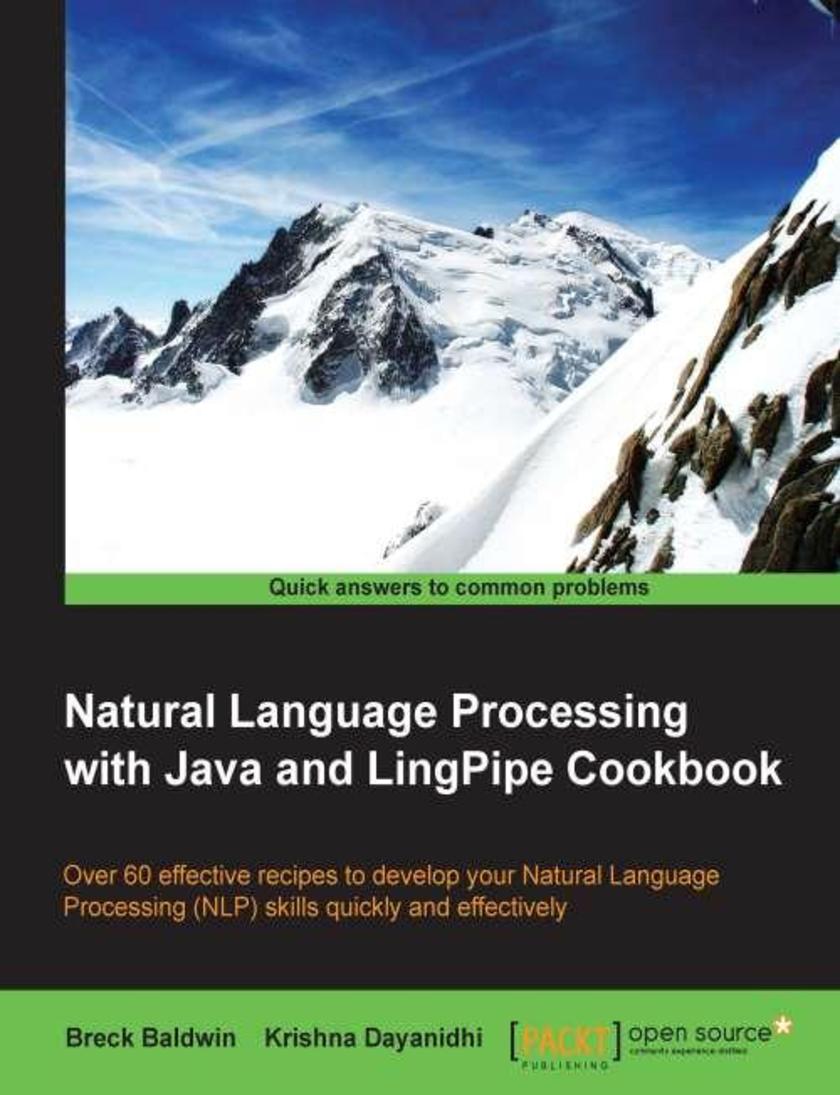
Natural Language Processing with Java and LingPipe Cookbook
¥80.65
This book is for experienced Java developers with NLP needs, whether academics, industrialists, or hobbyists. A basic knowledge of NLP terminology will be beneficial.
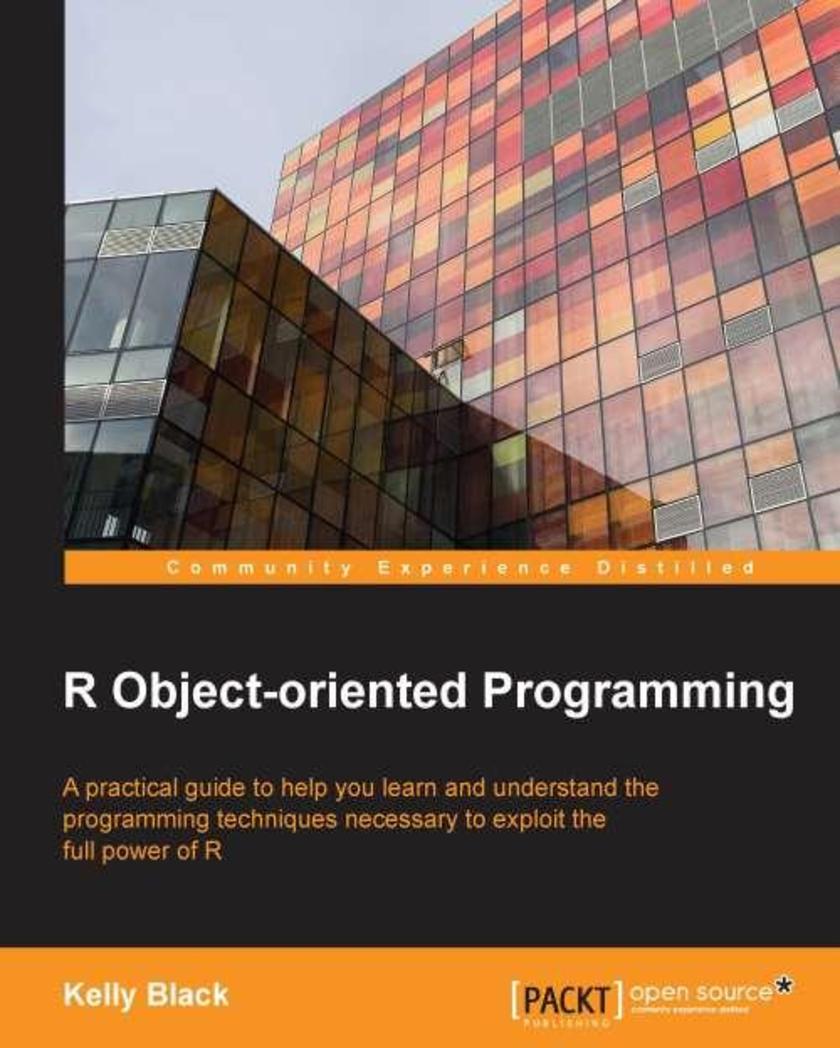
R Object Oriented Programming
¥80.65
This book is designed for people with some experience in basic programming practices. It is also assumed that they have some basic experience using R and are familiar using the command line in an R environment. Our primary goal is to raise a beginner to a more advanced level to make him/her more comfortable creating programs and extending R to solve common problems.
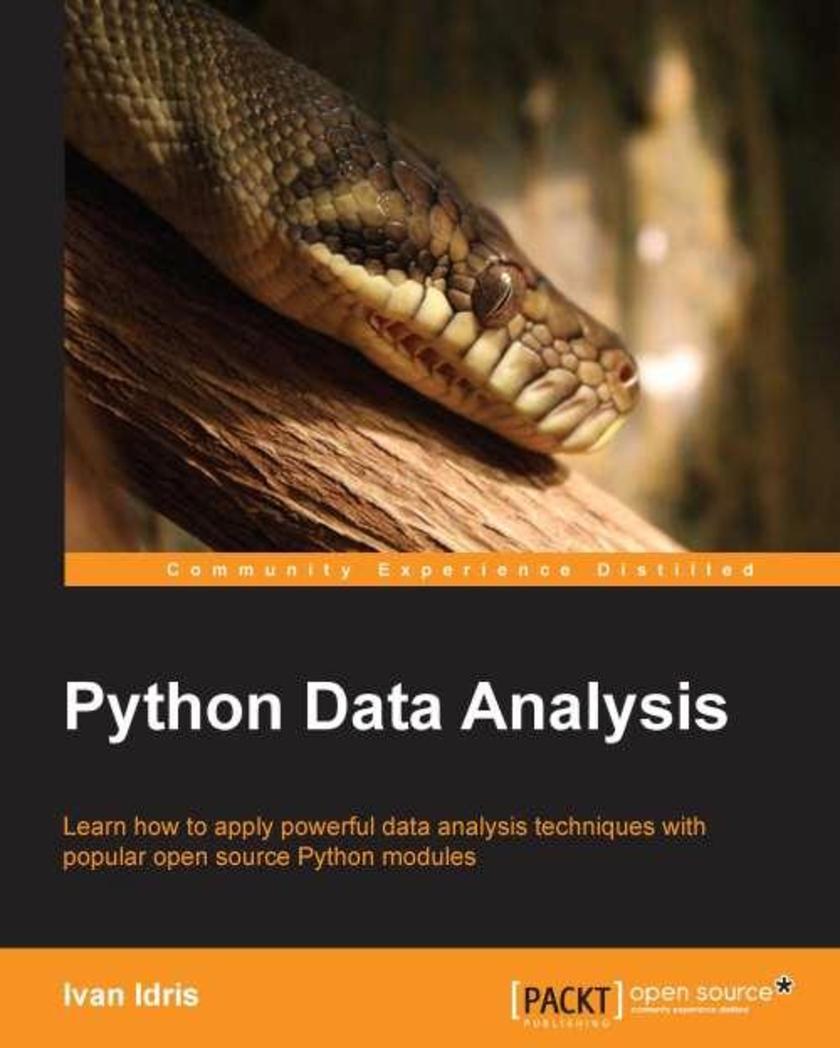
Python Data Analysis
¥90.46
This book is for programmers, scientists, and engineers who have knowledge of the Python language and know the basics of data science. It is for those who wish to learn different data analysis methods using Python and its libraries. This book contains all the basic ingredients you need to become an expert data analyst.
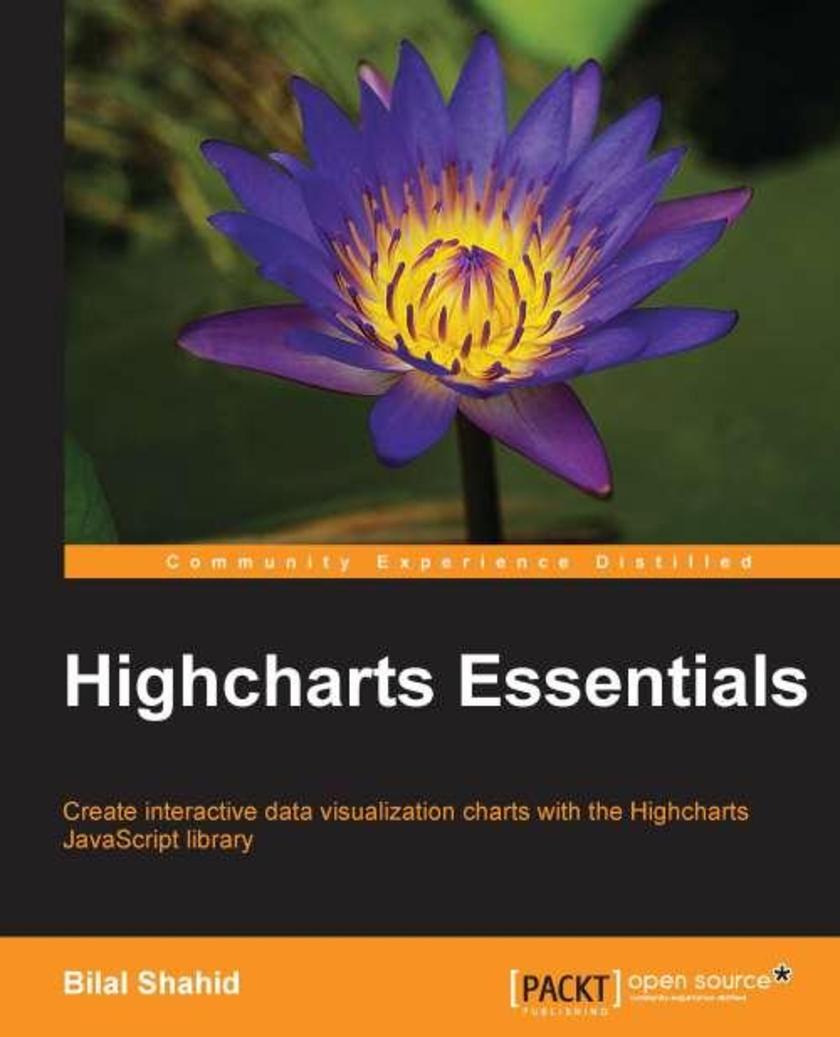
Highcharts Essentials
¥80.65
If you are a web developer with a basic knowledge of HTML, CSS, and JavaScript and want to quickly get started with this web charting technology, this is the book for you. This book will also serve as an essential guide to those who have probably used a similar library and are now looking at migrating to Highcharts.
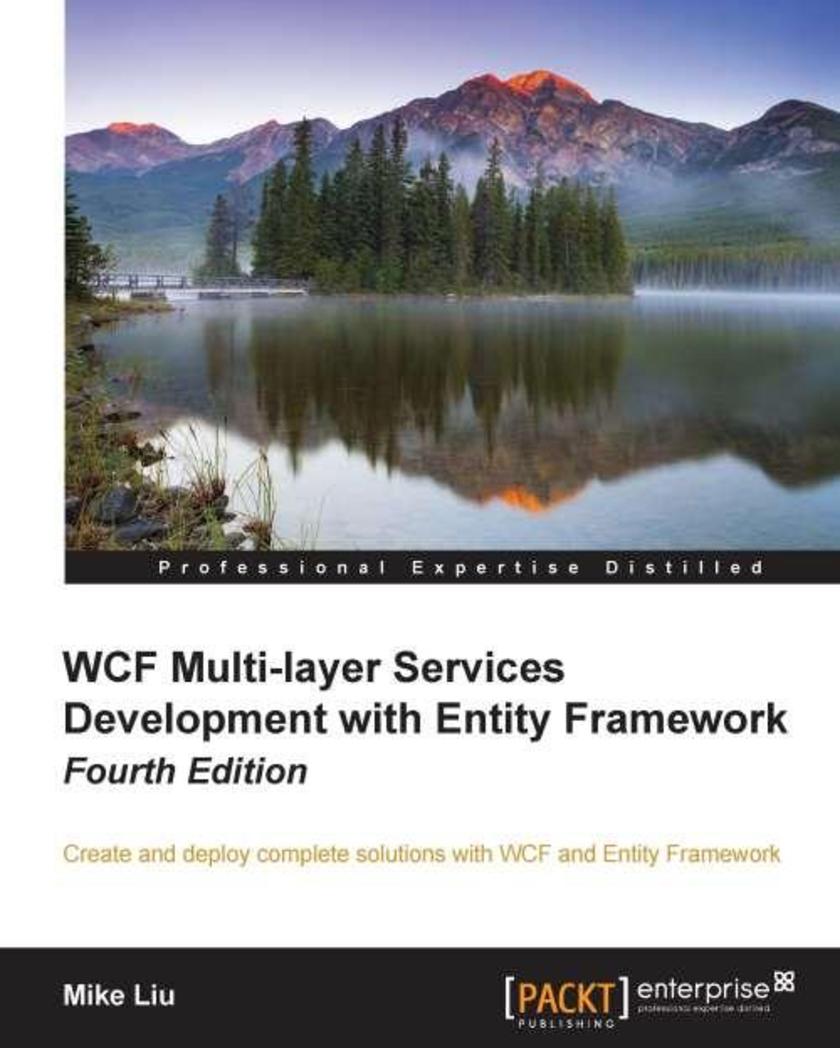
WCF Multi-layer Services Development with Entity Framework
¥99.18
If you are a C#, VB.NET, or C++ developer and want to get started with WCF and Entity Framework, then this book is for you. Competence in Entity Framework will be needed to follow the examples in the book, but experience in creating WCF services using Entity Framework is not necessary. Developers and architects evaluating SOA implementation technologies for their company will find this book useful.
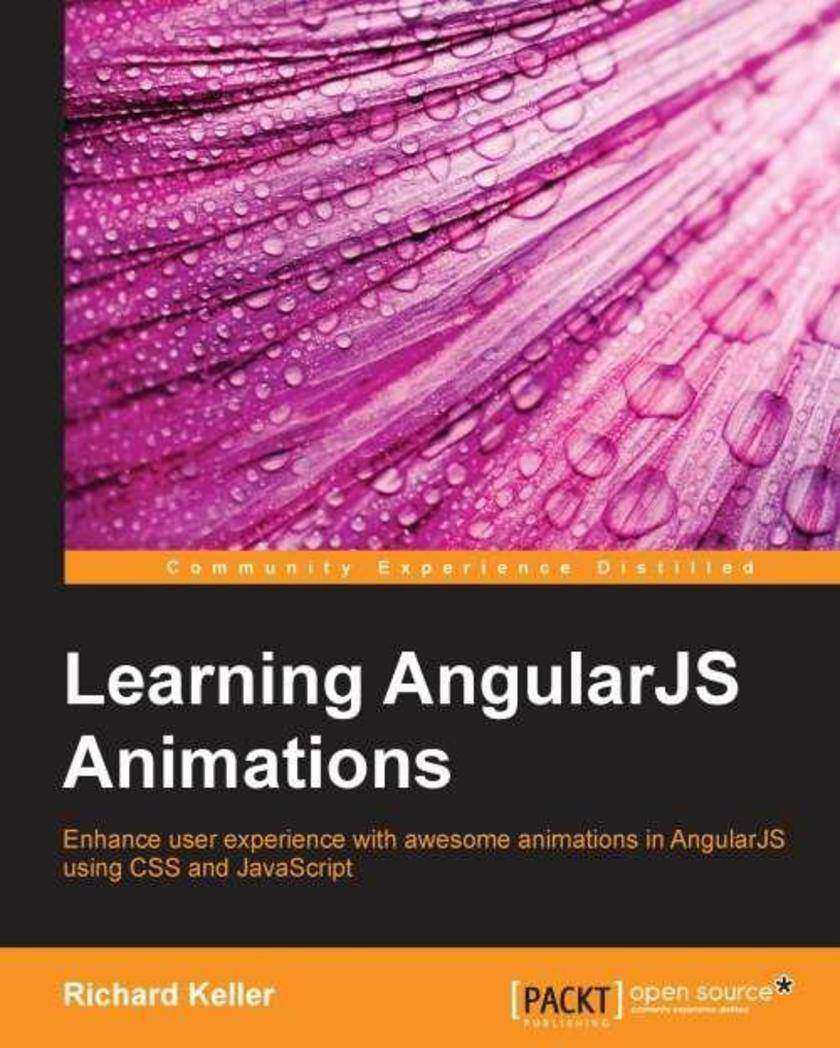
Learning AngularJS Animations
¥45.77
If you are a developer who is new to AngularJS or is experienced with the AngularJS framework, this book is intended for you. If you want to provide a better user experience on your web app, this book is also for you.
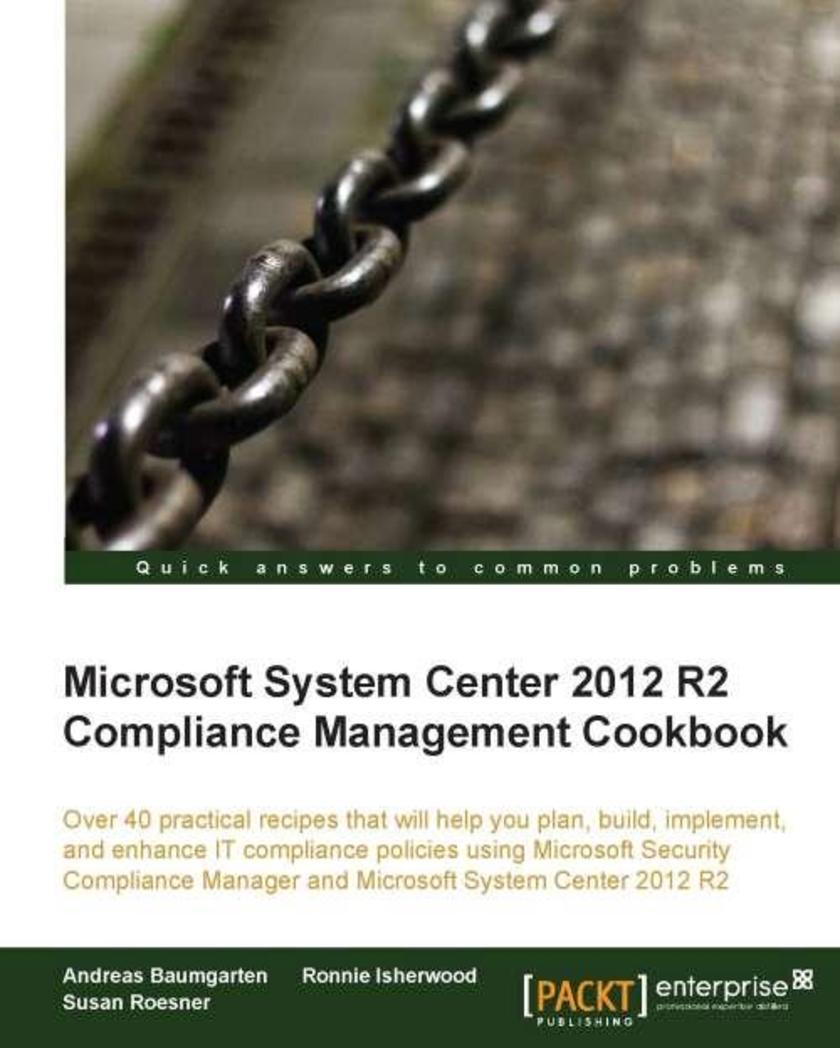
Microsoft System Center Compliance Management
¥90.46
Whether you are an IT manager, an administrator, or security professional who wants to learn how Microsoft Security Compliance Manager and Microsoft System Center can help fulfil compliance and security requirements, this is the book for you. Prior knowledge of Microsoft System Center is required.
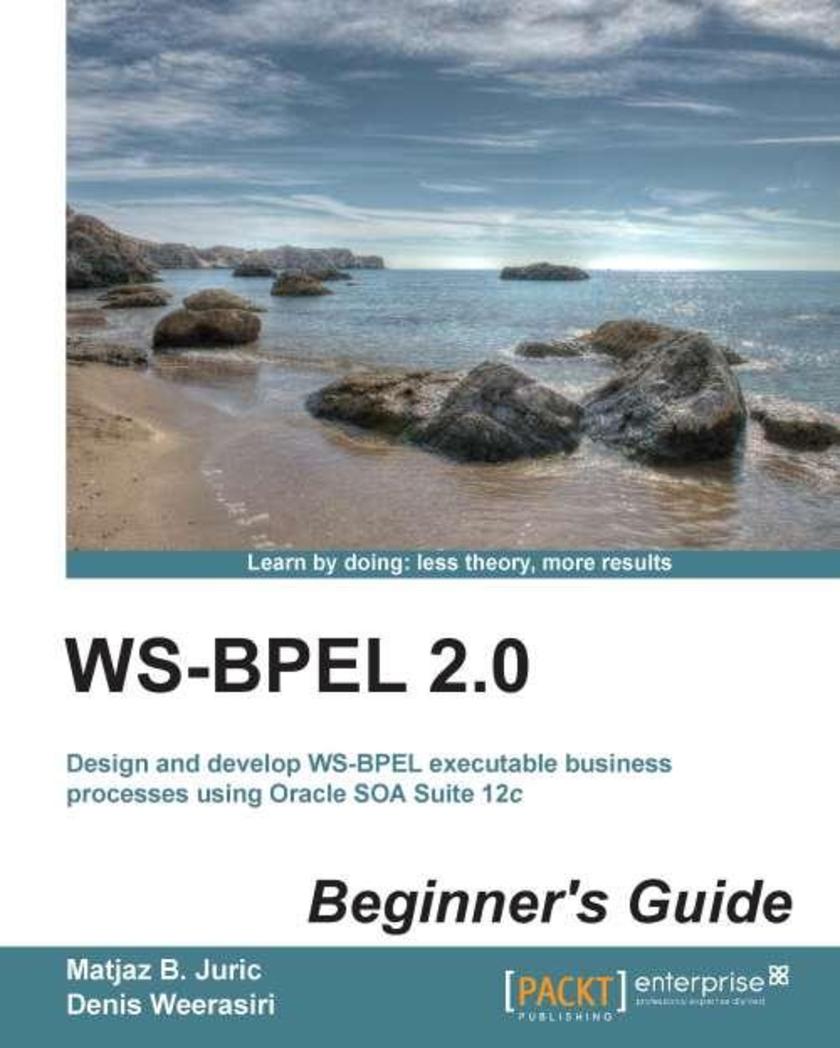
WS-BPEL 2.0 Beginner's Guide
¥99.18
If you are a software architect, a designer, a software developer, an SOA and BPM architect, a project manager, or a business process analyst who is responsible for the design and development of business processes, composite applications, and BPM/SOA solutions, then this book is for you. You should have a clear grasp of general SOA concepts including business processes and web services, but no prior knowledge of the BPEL language is required.
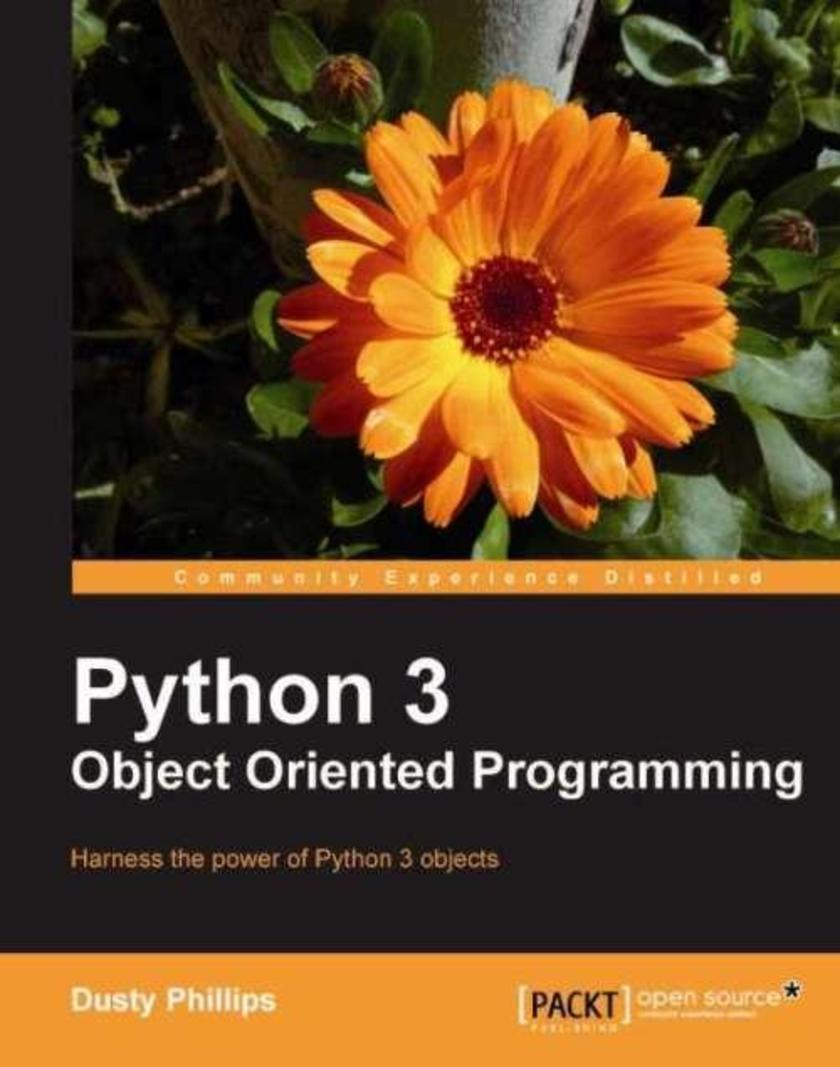
Python 3 Object Oriented Programming
¥90.46
The book begins with the very foundations of OOP and then uses practical examples to show how to correctly implement Object Oriented Programming in Python. Many examples are taken from real-world projects. The book focuses on high-level design as well as the gritty details of the Python syntax. The provided exercises inspire the reader to think about his or her own code, rather than providing solved problems. If you're new to Object Oriented Programming techniques, or if you have basic Python skills and wish to learn in depth how and when to correctly apply Object Oriented Programming in Python, this is the book for you. If you are an object-oriented programmer for other languages, you too will find this book a useful introduction to Python, as it uses terminology you are already familiar with. Python 2 programmers seeking a leg up in the new world of Python 3 will also find the book beneficial, and you need not necessarily know Python 2.
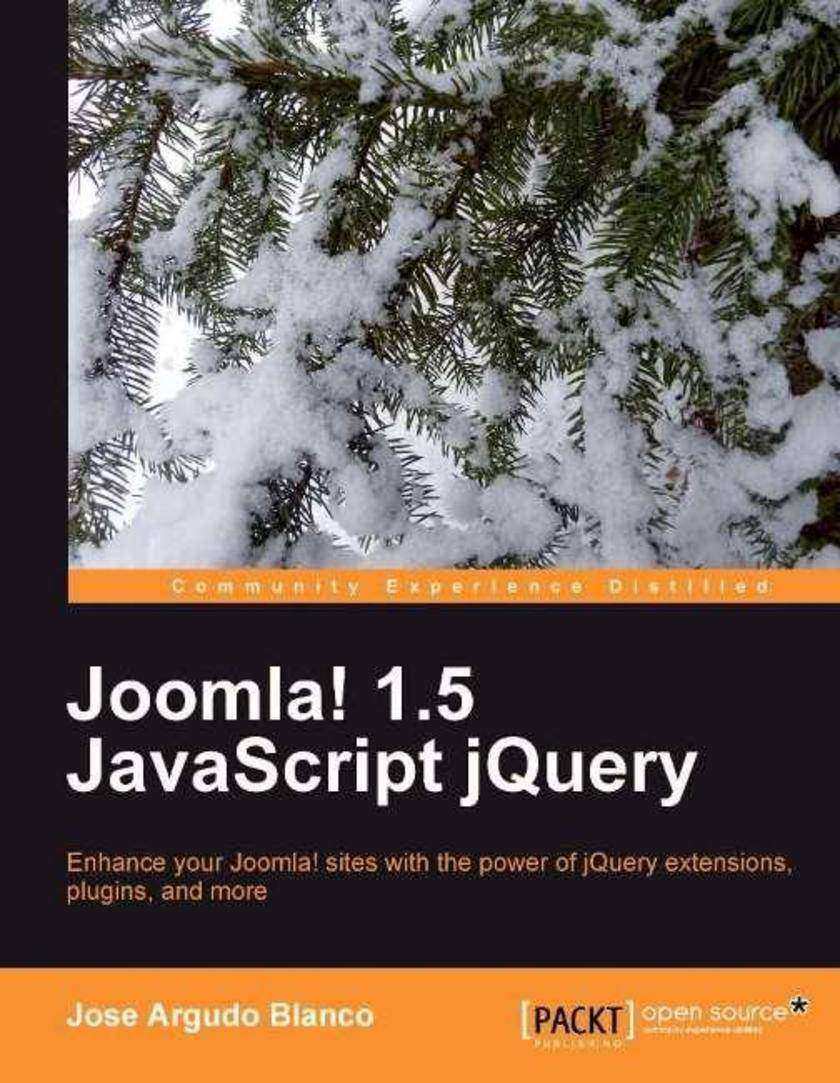
Joomla! 1.5 JavaScript jQuery
¥71.93
This book is a tutorial with step-by-step instructions, packed with practical code examples, images, advice, and ideas. If you are a PHP developer who is working with Joomla!, this book is for you. It is also aimed at web designers who want to add JavaScript elements, using jQuery, to their Joomla! sites, themes, modules, and other extensions. A basic knowledge of web development and Joomal! is required. Some knowledge of JavaScript would certainly be a bonus. No knowledge of jQuery is required.
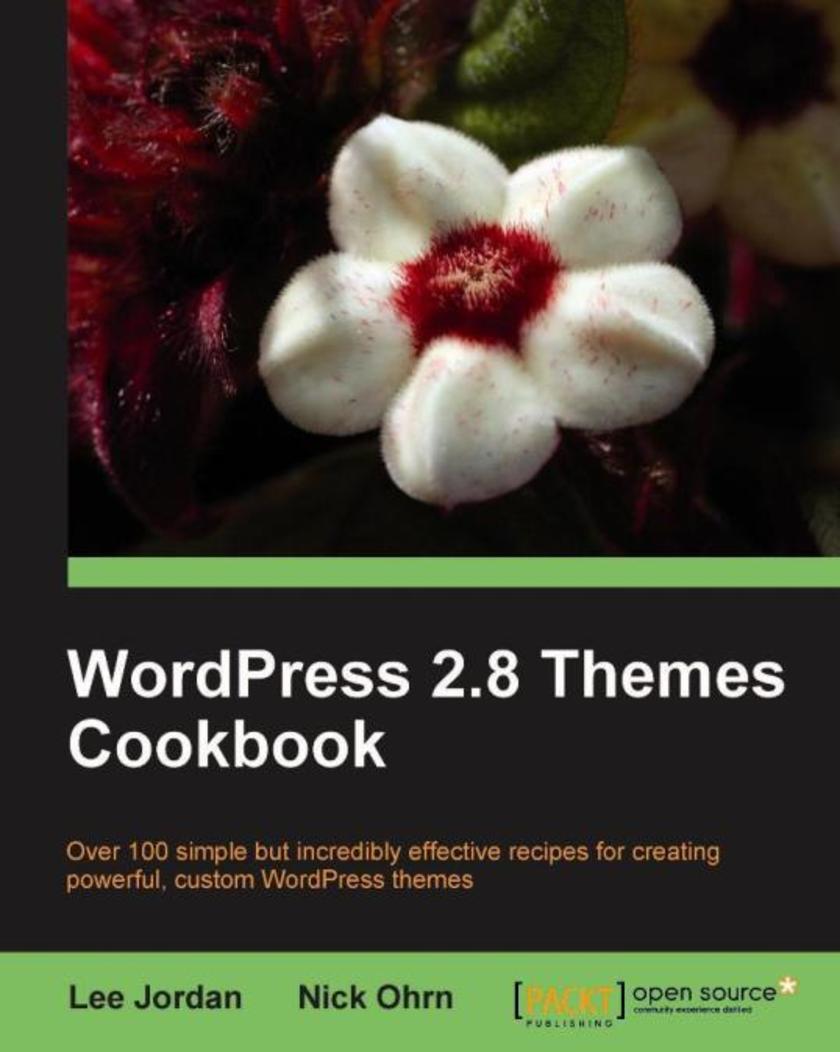
WordPress 2.8 Themes Cookbook
¥71.93
Each recipe comprises step-by-step instructions followed by the analysis of what was done in each task and other useful information. The book is designed so that you can read it chapter by chapter, or you can look at the list of recipes and refer to them in no particular order. There are plenty of useful screenshots to make learning easier for you. This book is for WordPress developers who want to create powerful themes for their blogs and web sites to impress and influence visitors. This book expects working knowledge of the WordPress platform. Knowledge of HTML and CSS would also be useful.
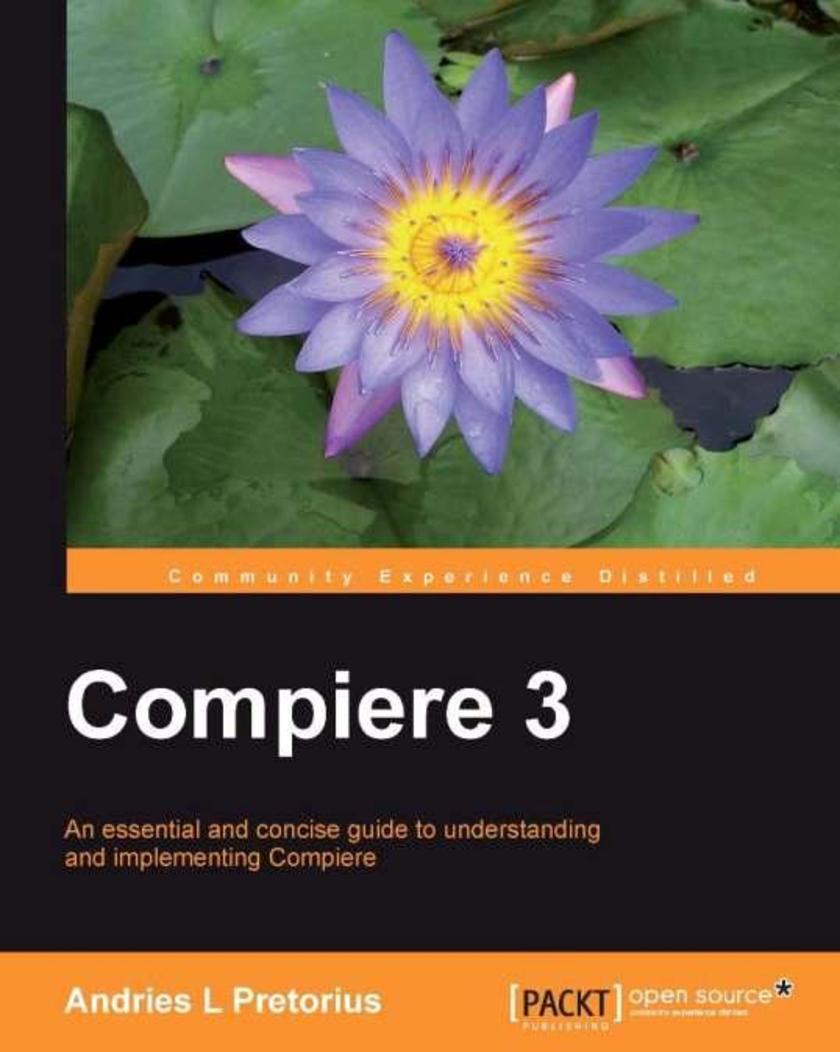
Compiere 3
¥80.65
This book is a concise guide that focuses solely on implementing Compiere. It uses a business scenario case study throughout to illustrate the sort of decisions and considerations required at critical stages in a real-life Compiere implementation. If you are considering or want to easily implement Compiere in your organization, this book is for you. This book will also be beneficial to system users and administrators who wish to implement an ERP system. No previous knowledge of Compiere is required.
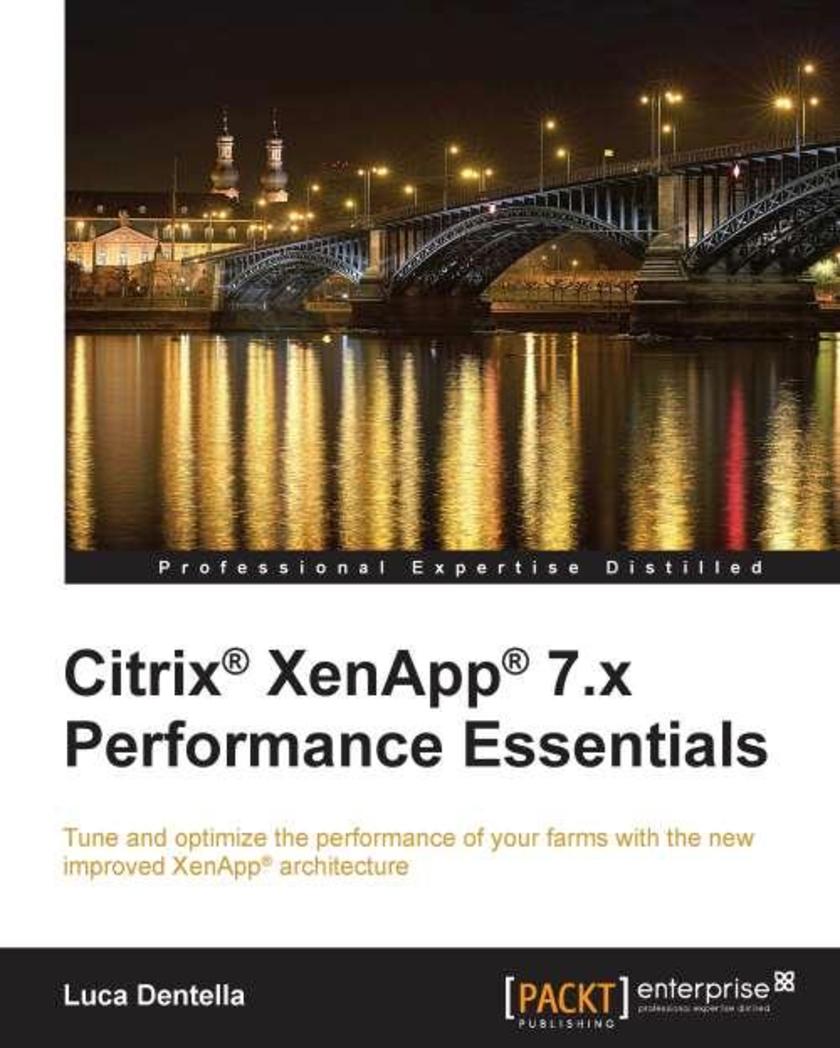
Citrix? XenApp? 7.x Performance Essentials
¥49.04
If you are an IT architect or system administrator who works with CitrixXenAppand need an agile, practical guide to tune and optimize the performance of your XenApparchitecture, this is the book for you. Citrix?, Citrix Systems?, XenApp?, XenDesktopand CloudPortalare trademarks of Citrix Systems, Inc. and/or one or more of its subsidiaries, and may be registered in the United States Patent and Trademark Office and in other countries.
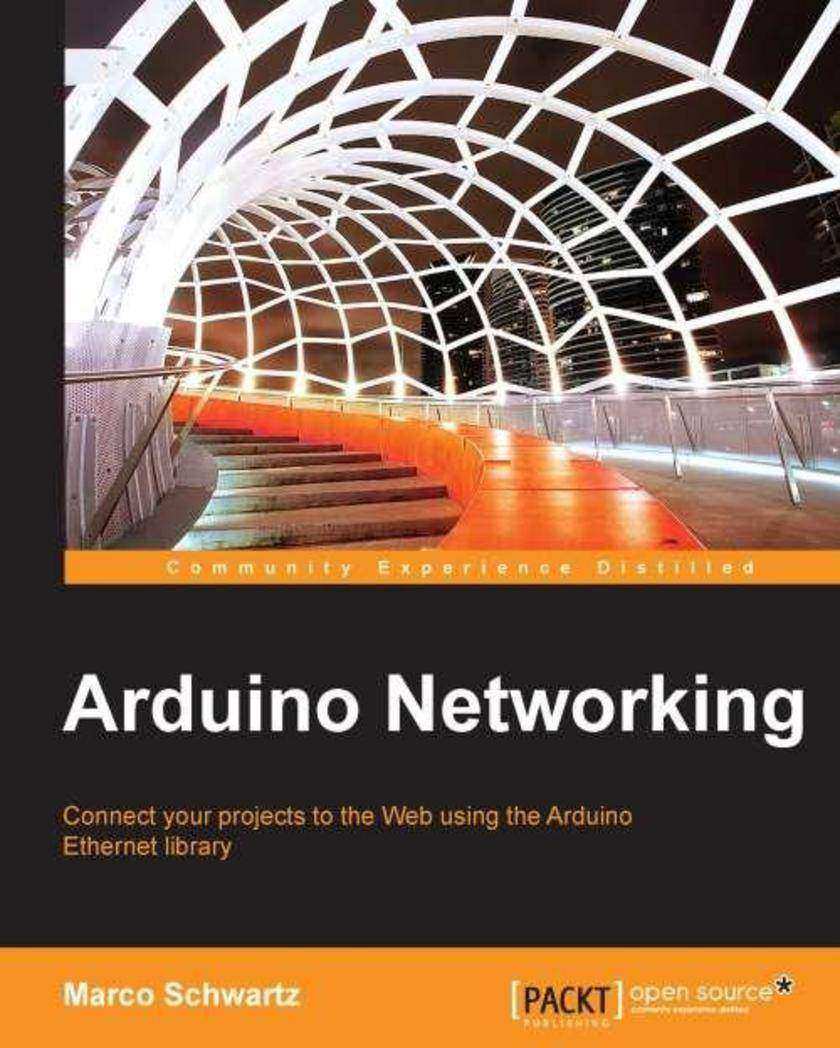
Arduino Networking
¥49.04
This book is intended for those who want to build their own network-connected projects using the Arduino platform. You will be able to build exciting projects that connect to your local network and the Web. You will need to have some basic experience in electronics and web programming languages. You will also need to know the basics of the Arduino platform as the projects mainly deal with the networking aspects of the Arduino Ethernet shield.
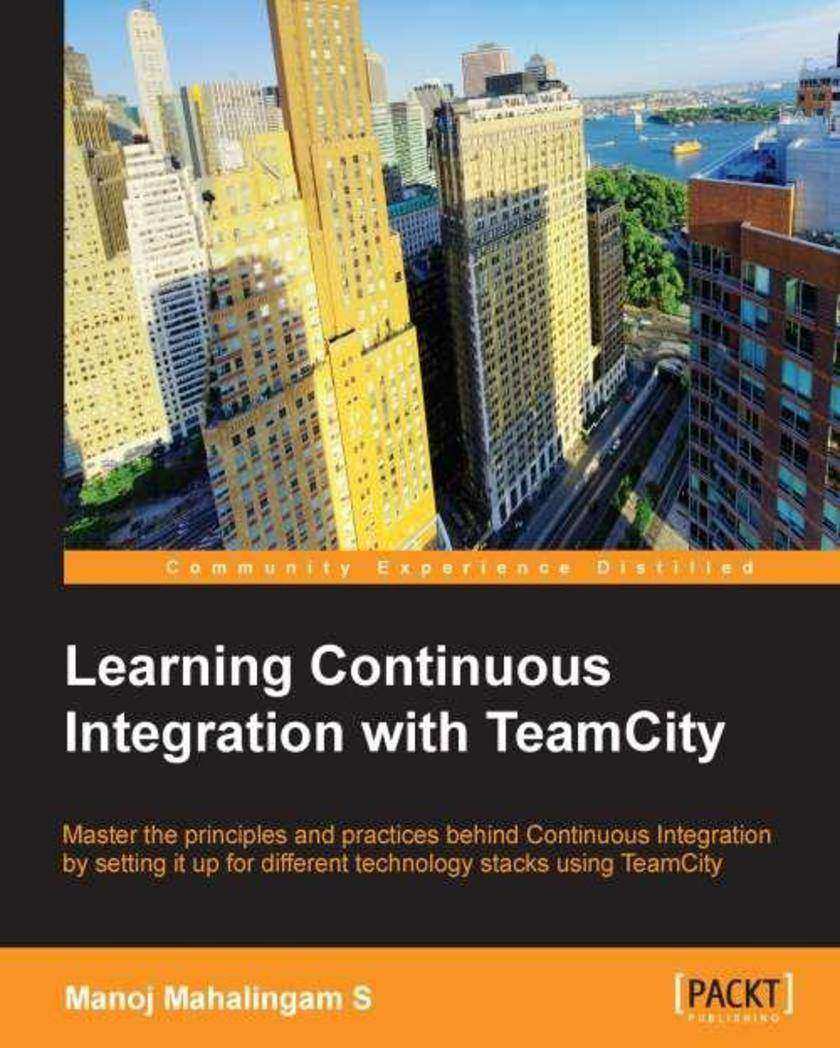
Learning Continuous Integration with TeamCity
¥80.65
If you are a developer, tester, or a person in operations or Devops who wants to start practising CI, start using TeamCity or both, then this book is for you. Moreover, if you have thought about bringing CI into your team, if you are already using a CI tool and want to move to TeamCity, or if you are looking for ideal practises and techniques while implementing CI with TeamCity, this book will be useful.
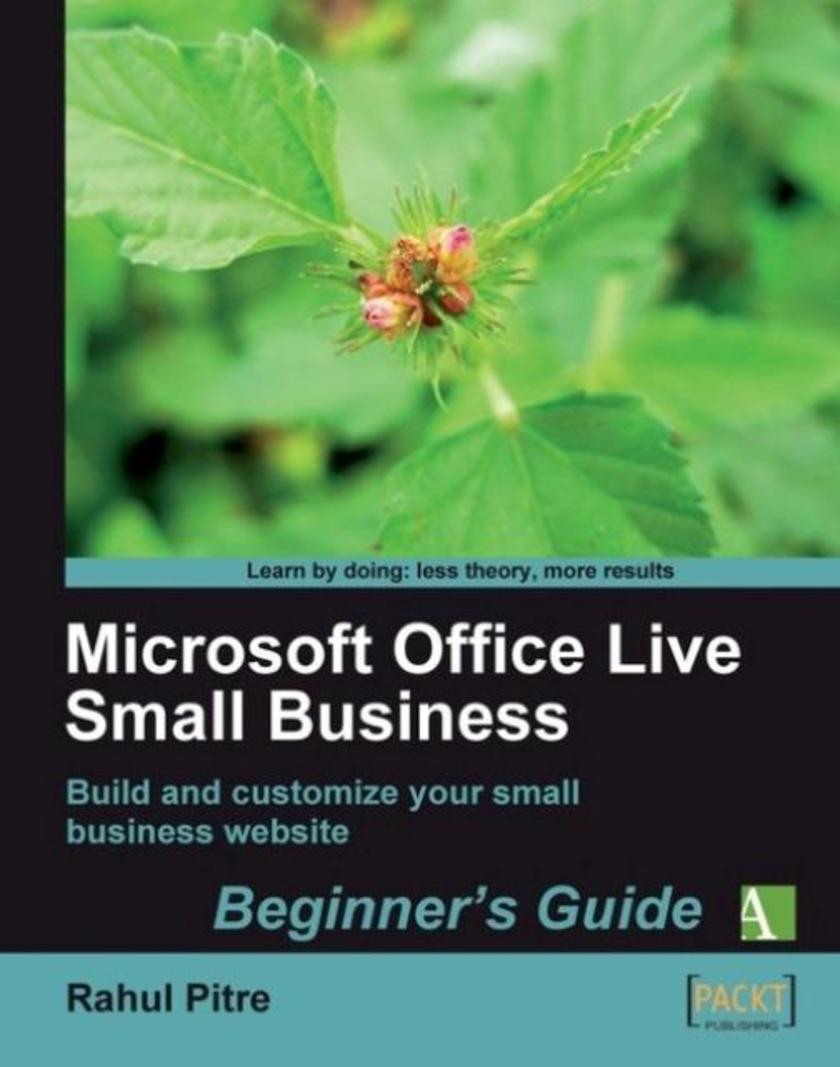
Microsoft Office Live Small Business: Beginner’s Guide
¥71.93
A tutorial in the Beginner’s Guide series, offering the reader step-by-step instructions on building and customizing their MOLSB web site from scratch. This book is also packed with tips, tricks, and best practices. Small-business owners who want to build and customize their business web sites on Microsoft’s free-to-use platform. No technical knowledge is required.
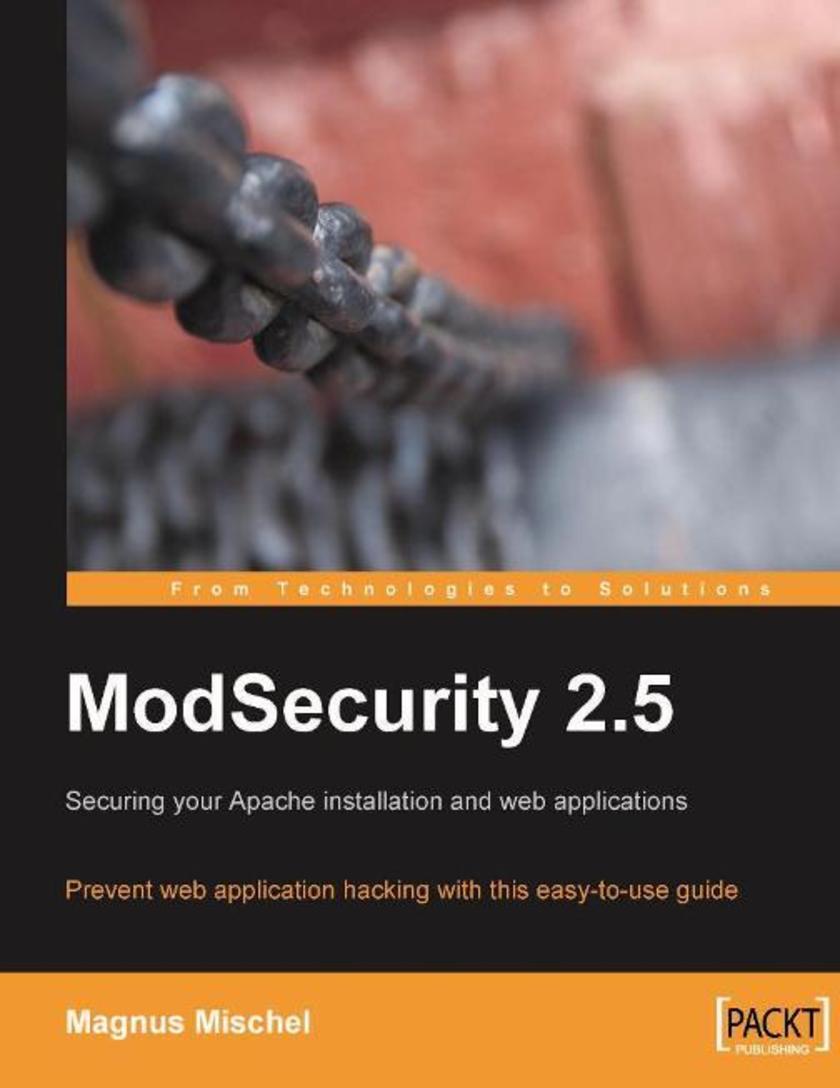
ModSecurity 2.5
¥90.46
This book teaches ModSecurity from the beginning to anyone with basic Linux skills. It starts by focusing on introducing ModSecurity, and explaining the concept of ModSecurity rules and how to write them. Later, it looks at the performance of ModSecurity and what sort of impact ModSecurity has on the speed of your web application. This book is written for system administrators or anyone running an Apache web server who wants to learn how to secure that server. It assumes that you are familiar with using the Linux shell and command-line tools, but does its best to explain everything so that those who are not Linux experts can make full use of ModSecurity.




 购物车
购物车 个人中心
个人中心



